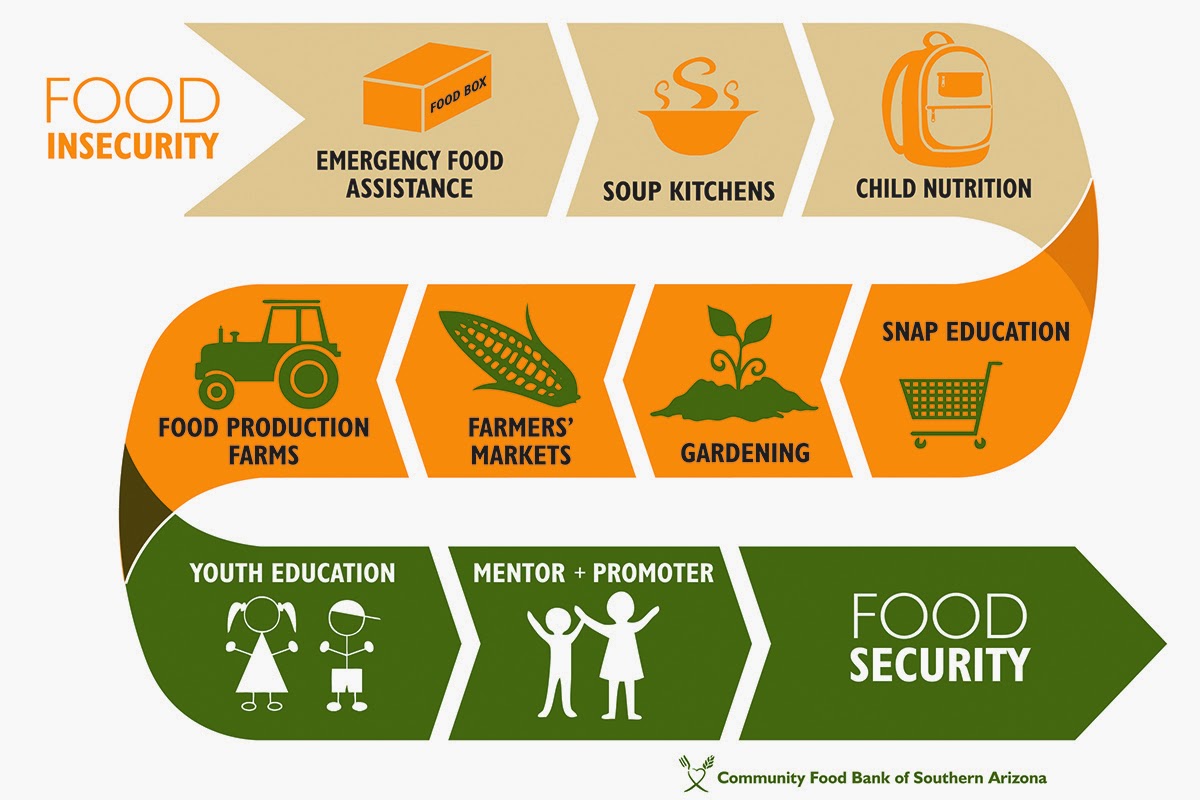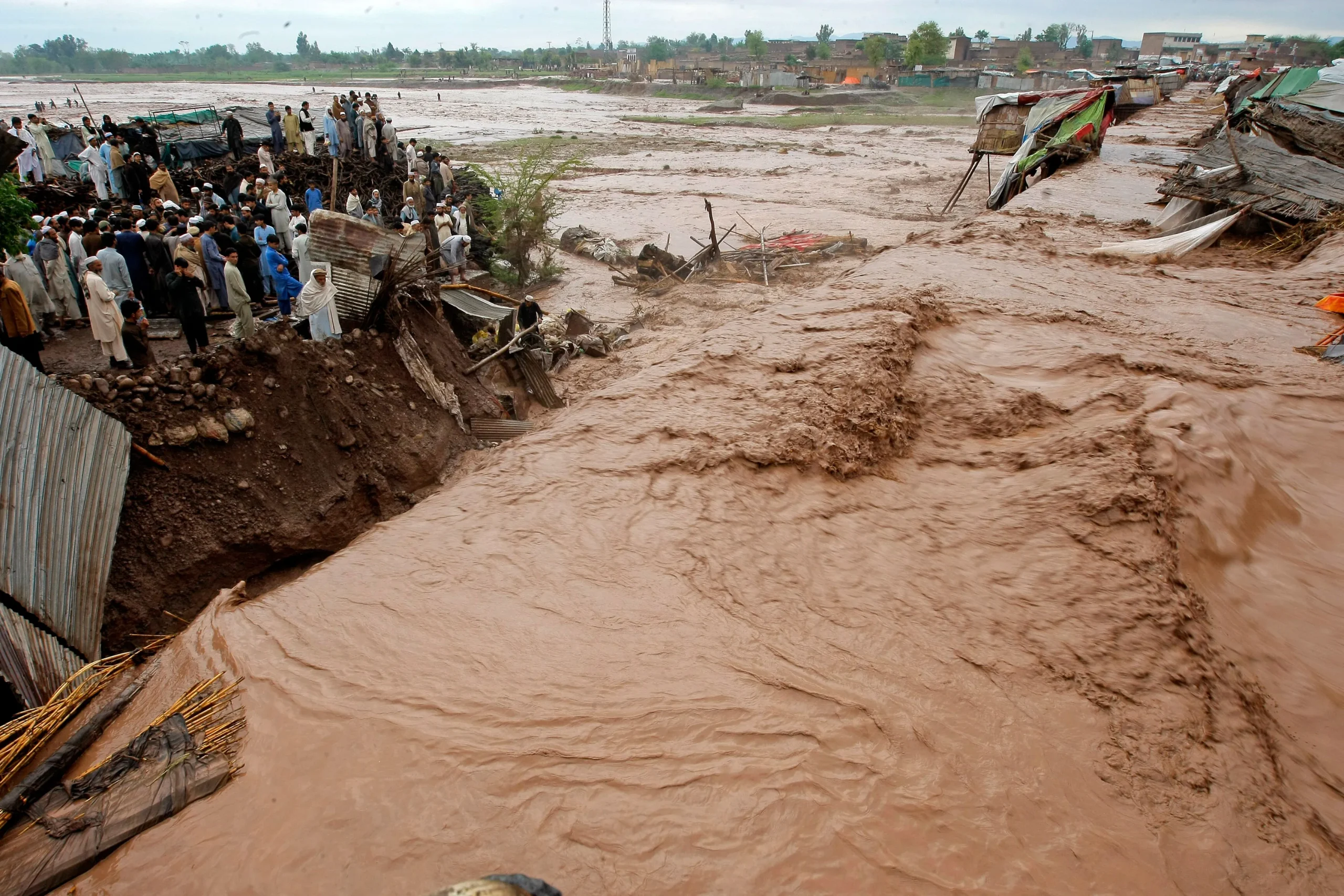Editorial
Pakistan’s food export sector is a tale of triumph and tension. On one hand, the country achieved a remarkable $8 billion export milestone in FY2023-24, marking a 37% increase from the previous year. On the other, this success is threatened by long-standing systemic inefficiencies, which undermine the sector’s sustainability.
This paradox is evident in the experiences of professionals. Despite a historic boom in meat exports, reaching $430.89 million in the Middle East, the absence of organized farming infrastructure, coupled with escalating transportation costs, highlights the vulnerabilities within Pakistan’s export sector. These inefficiencies expose the fragility of the growth achieved thus far, leaving the country reliant on external market dynamics rather than solid domestic reforms.
While Pakistan’s meat exports surged in part due to factors like India’s food export restrictions and the Ukraine crisis, this is not a sustainable model. What happens when these external factors shift? The rice export sector provides another example of this vulnerability. In FY2023-24, rice exports earned Pakistan $4 billion, thanks to increased domestic production and favorable international conditions. Yet, this success is precarious as India lifts its restrictions and re-enters the market, offering cheaper rice at a $100 per ton discount, threatening Pakistan’s competitive edge.
These vulnerabilities are compounded by a lack of real action. Policymakers and industry leaders often acknowledge the need for improved infrastructure, modern farming practices, and better supply chains, but these discussions rarely lead to tangible improvements. The Trade Development Authority of Pakistan (TDAP) has made strides in marketing Pakistani products, but such efforts cannot compensate for the fundamental gaps in the sector.
Pl watch the video and subscribe to the YouTube channel of republicpolicy.com
Technology adoption is another area where Pakistan falls behind. Modern farming techniques and digital tools are essential for meeting international standards and improving efficiency, but Pakistan’s exporters struggle with basic operational issues while other countries embrace innovation.
For Pakistan’s food export sector to thrive, it must move beyond reactive measures. Sustainable growth requires investing in infrastructure, technology, and education. Training farmers to adopt efficient practices and equipping exporters with the skills needed to navigate international markets is key. Collaboration among stakeholders—farmers, exporters, policymakers, and researchers—is essential to address the root causes of the sector’s challenges.
As Pakistan looks ahead, the food export sector must evolve. The country can’t afford to rely on luck and external factors for success. Now is the time for bold steps to build a sustainable and competitive food export industry that will stand tall on the global stage. The time to act is today.

















